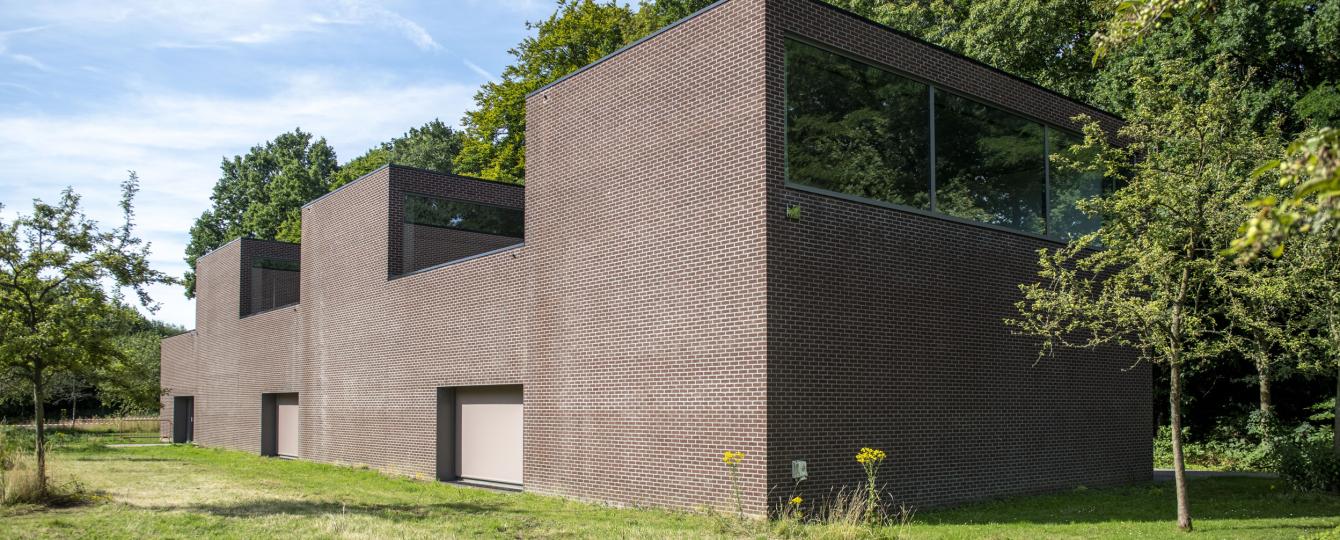An open depot
The building that houses the new collection pavilion was built by Stéphane Beel in 2000 as a closed depot and workshop. In 2016, the city freed up money to convert it into an exhibition space. The museum chose not to turn it into an exhibition pavilion, but to convert it into an open depot. This means you will not get to see a classic exhibition: instead, you will be able to walk among works of art that are simply and functionally arranged, sometimes completely and sometimes partially unpacked. This solution provides more space and more flexibility.
Preservation
Because vulnerable works are shown, conservation receives special attention in the collection pavilion. Conservation is in any case one of the main functions of museums: to protect the collections as much as possible against ageing under the influence of environmental factors such as light, temperature and moisture, against theft, vandalism and vermin, against water, fire, etc. The pavilion was already built to preserve art, and conditions have been optimized by the renovation with an eye towards the sustainability of the collections and their ecological footprint.
The architecture
In 2000, Middelheim Museum expanded on the east side. The new extension became a laboratory at the interface of sculpture and architecture, the tone of which was set by Stéphane Beel’s closed depot. With respect for Beel’s original vision, the renovation by RADAR architects emphasizes the existing architectural qualities of the building and adds light and transparency by opening the passage, offering a generous view through the scaffolding and freeing up the windows.
Relationship with the environment
Because of this transparency, the renovation connects the interior with the exterior: the sculptures are shown against the background of the surrounding greenery and in relation to works around the pavilion. Two mobile platforms have also been added, inspired by the mobile pavilions from the incomplete master plan that Beel drew up at the time. The sculptures on these platforms were in the depot because they had to relinquish their place in the park to other works. Now they can return to the park in style.


